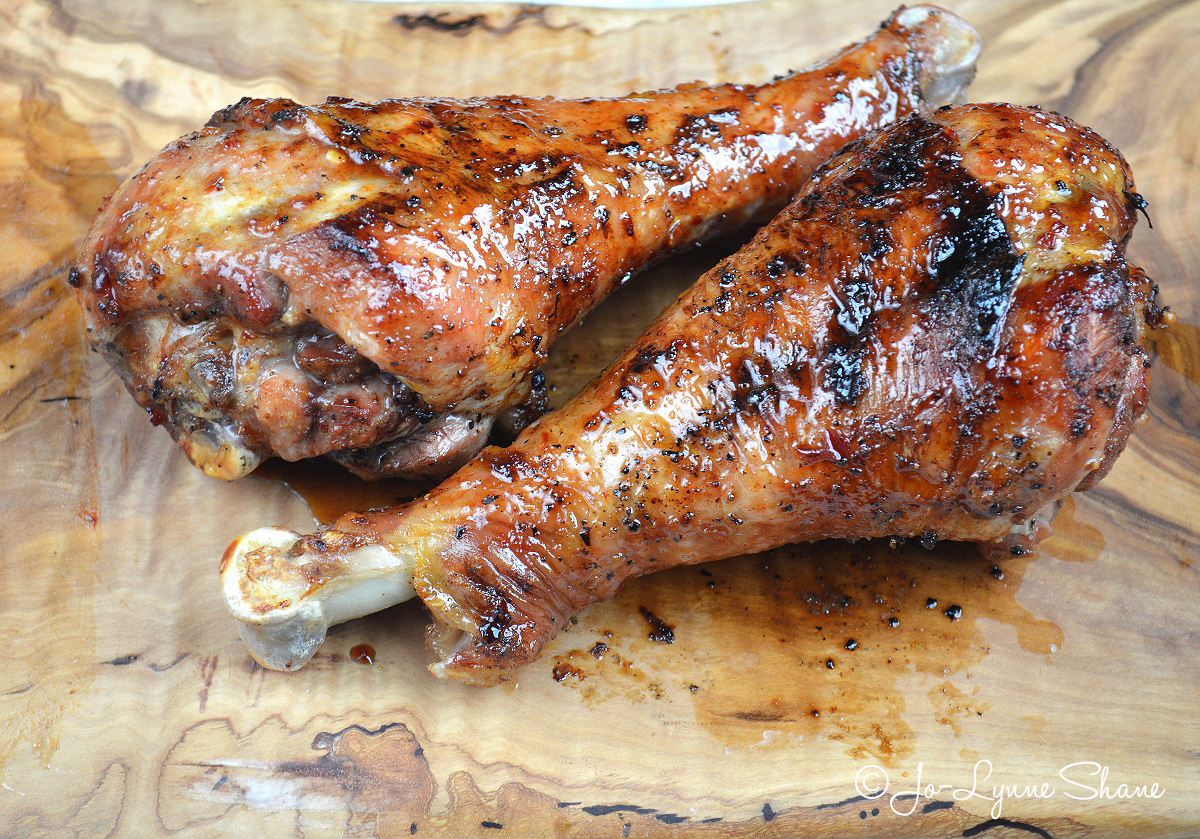Turkey legs are a popular snack or meal served at fairs, amusement parks, and restaurants across America. But what exactly are turkey legs and why have they become such a phenomenon? This article will explore the origins, ingredients, and reasons for the popularity of giant turkey legs.
What Part of the Turkey is the Leg?
Turkey legs consist of the thigh, drumstick, and a portion of the lower leg of male turkeys, specifically. The leg is made up of dark meat, which has more fat and flavor compared to the lean white breast meat.
Turkeys are sexually dimorphic, meaning there are distinct differences between males and females of the species. Male, or tom, turkeys have much larger legs than female turkeys or hens. This makes tom turkey legs perfect for serving as a hearty handheld snack.
A Brief History of Turkey Legs
While turkey legs have likely been eaten for as long as people have consumed turkeys, they first became popular fare in the 1960s and 70s. Renaissance fairs and medieval-themed events began serving large smoked turkey legs to patrons as a nod to medieval feast-style eating.
The trend grew from there, with turkey legs becoming a staple snack at state and county fairs. Then in the 1980s, Disney theme parks started selling jumbo smoked turkey legs from carts in Frontierland. They were an instant hit. Now you can find turkey legs at theme parks, carnivals, and festivals across the country.
Why Are Smoked Turkey Legs So Big?
In their natural form, tom turkey legs are larger than hen legs. But fair and theme park turkey legs are extra jumbo-sized for a few reasons. First, they come from the largest, meatiest heritage turkey breeds like Narragansett, Bourbon Red, and Black Spanish.
Additionally they are enhanced through special brining solutions. Salt sugar, and sodium phosphates help retain moisture while also increasing the size and mass of the legs through osmosis. The combination of the turkey breed and the brine results in the extra large, juicy legs we know and love.
The Signature Flavor
Big turkey legs owe their signature flavor to smoking. Typically a mix of hickory and oak wood smoking imparts a rich, smoky, slightly salty taste. Smoking, curing with brine, and cooking slowly over indirect heat results in tender, fall-off-the-bone meat that is flavored all the way through.
Why Go For Turkey Legs?
There are a few factors that make jumbo smoked turkey legs an ideal snack for fairs and theme parks:
-
Portability – The handle-like bone makes turkey legs easy to carry while walking around events.
-
Quick Service – Legs can be cooked ahead of time then reheated quickly to serve. No plates or utensils needed.
-
Cost – Turkey legs offer more meat for less money compared to other proteins Dark meat costs less than white breast meat
-
Novelty – People love foods that feel special or indulgent The size adds to the unique experience
-
Nostalgia – Turkey legs evoke fun childhood memories of fairs for many adults.
Nutrition Information
While tasty, turkey legs are high in fat and sodium. A typical leg contains:
- Calories: Around 1,000
- Fat: 40-60g
- Saturated Fat: 15-25g
- Sodium: 3000-5000mg
So turkey legs should be enjoyed in moderation as a special treat. Going for a smaller leg can help cut down on fat and calorie intake.
How to Cook Turkey Legs at Home
You can recreate fair-style turkey legs at home! Brine turkey legs overnight in a salt, sugar, herb solution. Then smoke the legs with wood chips at 225°F for 2-3 hours until the internal temperature reaches 165°F. Finish legs by basting with sauce like bbq or glaze and broiling until browned.
The Takeaway
Giant smoked turkey legs have become a staple snack thanks to their meatiness, signature flavor, portability, and nostalgia factor. While high in sodium and fat, they can be enjoyed as an occasional indulgence. With some preparation, you can even make theme park-worthy turkey legs at home. Just be careful not to burn your fingers on the juicy, hot meat!

Step 1: Removing the leg and thigh
Coming in next to the breast you will take your knife and slice straight down. Your knife will soon hit the ball socket joint that attaches the thigh bone to the pelvic bone. When your knife hits this spot, all you have to do is press down on the thigh to get the ball out of the pot. Once this happens, just take your knife and cut straight down. This will remove the whole leg and thigh off in one beautiful piece.
Turkey Leg and Thigh Recipes
Here are three simple steps to get more from your turkey harvests this year. Below you’ll see step-by-step instructions with pictures to detail how to break down a turkey leg. Give it a try and remember what I always say, “You can’t screw up, it’s just another meatball. ” Meaning, even if you hack at the meat, it’s still gunna get eaten.
Disneyland vs. Six Flags Turkey Leg
FAQ
What kind of meat is turkey leg?
What is a turkey leg at Disney?
What is a turkey leg at the fair?
Why do turkey legs taste like ham?
